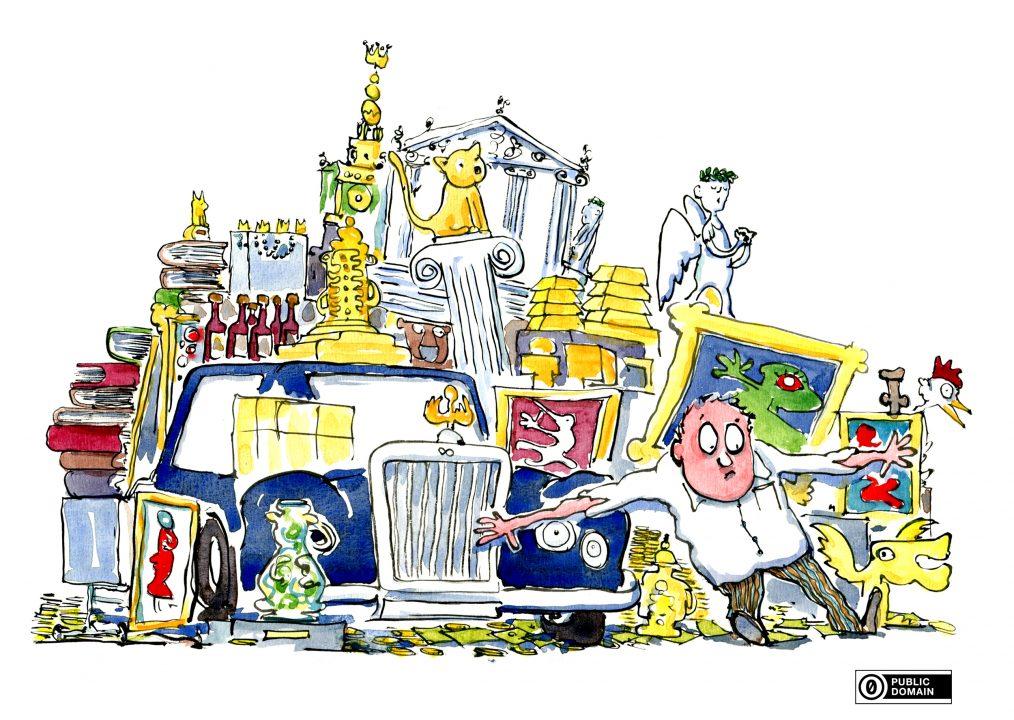The colors of the dress pictured are blue and black. Some people have seen this dress as white and gold, or even blue and gold, but wired.com, io9.com, telegraph.co.uk, mirror.co.uk, and various other sources have provided the answer as to why this dress is blue and black with scientific evidence, despite the overwhelming confusion it has caused.
Light enters the eye through the lens—different wavelengths corresponding to different colors. The light hits the retina in the back of the eye where pigments fire up neural connections to the visual cortex, the part of the brain that processes those signals into an image. Critically, though, that first burst of light is made of whatever wavelengths are illuminating the world, reflecting off whatever you’re looking at. Without you having to worry about it, your brain figures out what color light is bouncing off the thing your eyes are looking at, and essentially subtracts that color from the “real” color of the object. “Our visual system is supposed to throw away information about the illuminant and extract information about the actual reflectance,” says Jay Neitz, a neuroscientist at the University of Washington, to wired.com. “But I’ve studied individual differences in color vision for 30 years, and this is one of the biggest individual differences I’ve ever seen.”
Usually that system works just fine. This image, though, hits some kind of perceptual boundary. That might be because of how people are wired. Human beings evolved to see in daylight, but daylight changes color. That chromatic axis varies from the pinkish red of dawn, up through the blue-white of noontime, and then back down to reddish twilight. “What’s happening here is your visual system is looking at this thing, and you’re trying to discount the chromatic bias of the daylight axis,” says Bevil Conway, a neuroscientist who studies color and vision at Wellesley College, to wired.com. “So people either discount the blue side, in which case they end up seeing white and gold, or discount the gold side, in which case they end up with blue and black.”
The point is, your brain tries to interpolate a kind of color context for the image, and then spits out an answer for the color of the dress. Neitz, who claims to see the dress as white and gold, admits that the dress is probably blue. “I actually printed the picture out,” he says. “Then I cut a little piece out and looked at it, and completely out of context it’s about halfway in between, not this dark blue color. My brain attributes the blue to the illuminant. Other people attribute it to the dress.”
When context varies, so will people’s visual perception. “Most people will see the blue on the white background as blue,” Conway says. “But on the black background some might see it as white.” He speculated that the white-gold prejudice favors the idea of seeing the dress under strong daylight. “I bet night owls are more likely to see it as blue-black,” Conway says.
it as white.” He speculated that the white-gold prejudice favors the idea of seeing the dress under strong daylight. “I bet night owls are more likely to see it as blue-black,” Conway says.
In addition to this, this second photo pictured is of the dress in question under different lighting conditions.
It is confusing, given the limitations of the human mind and human eyes, but the dress is black and blue.




















